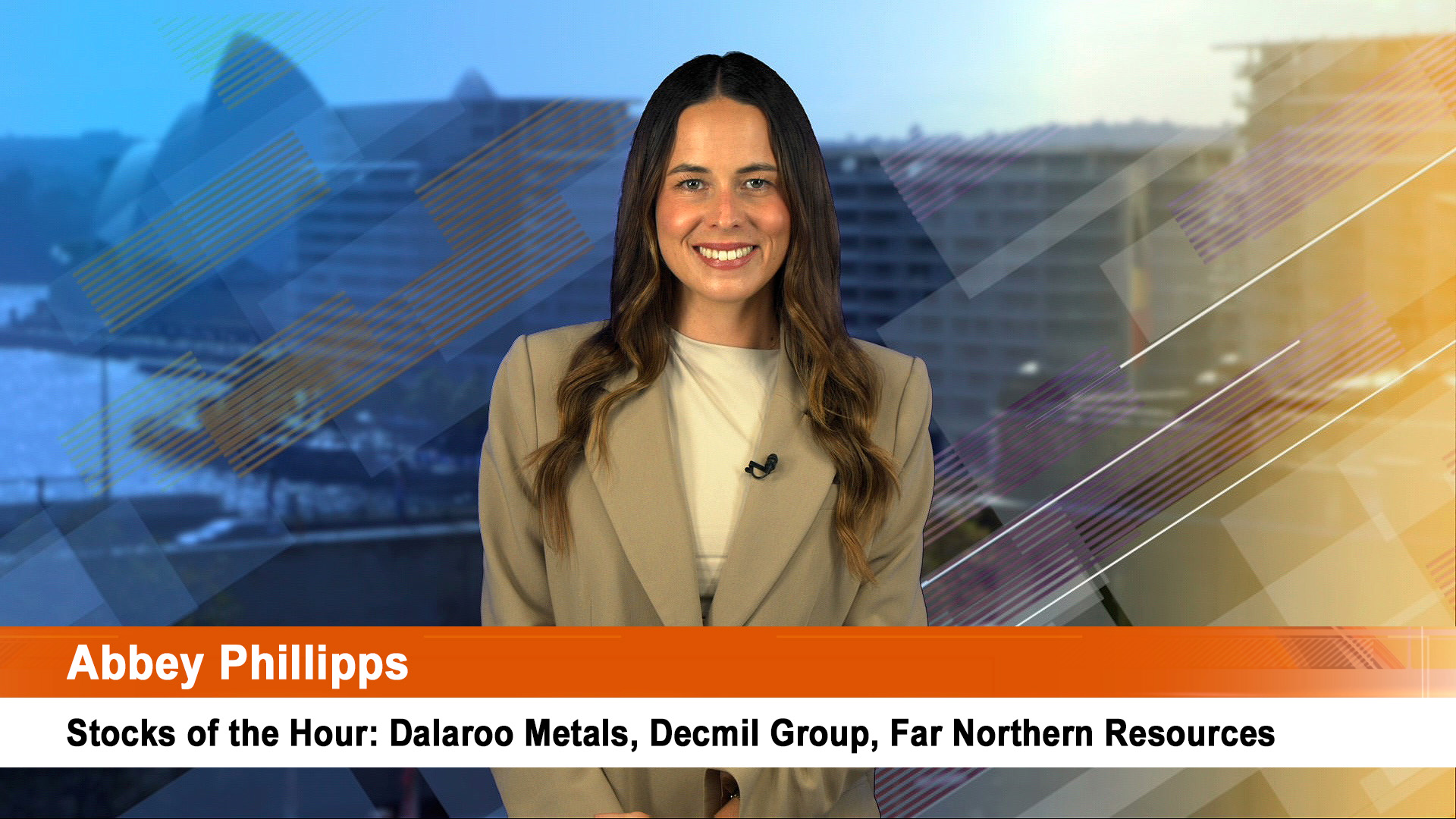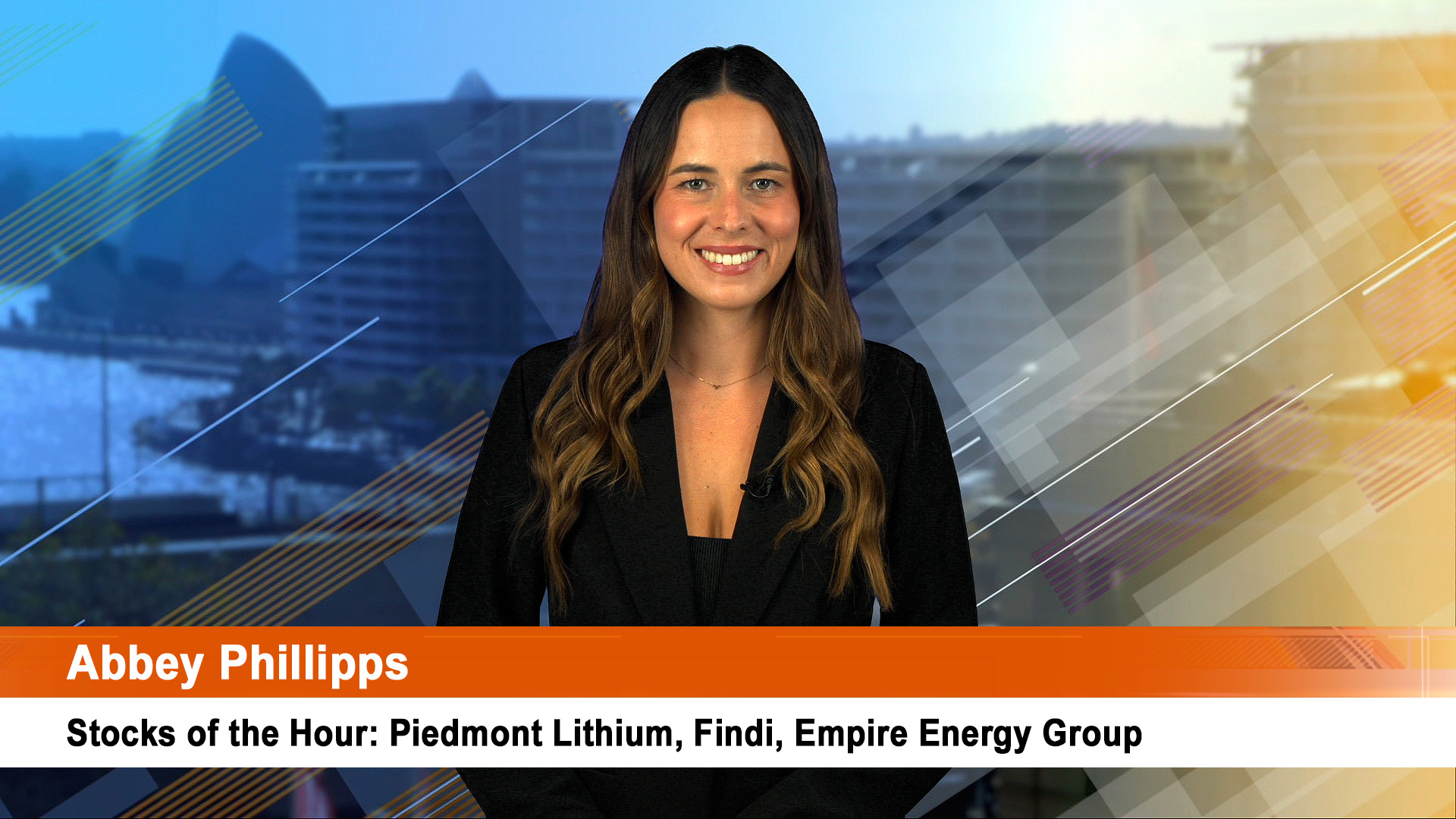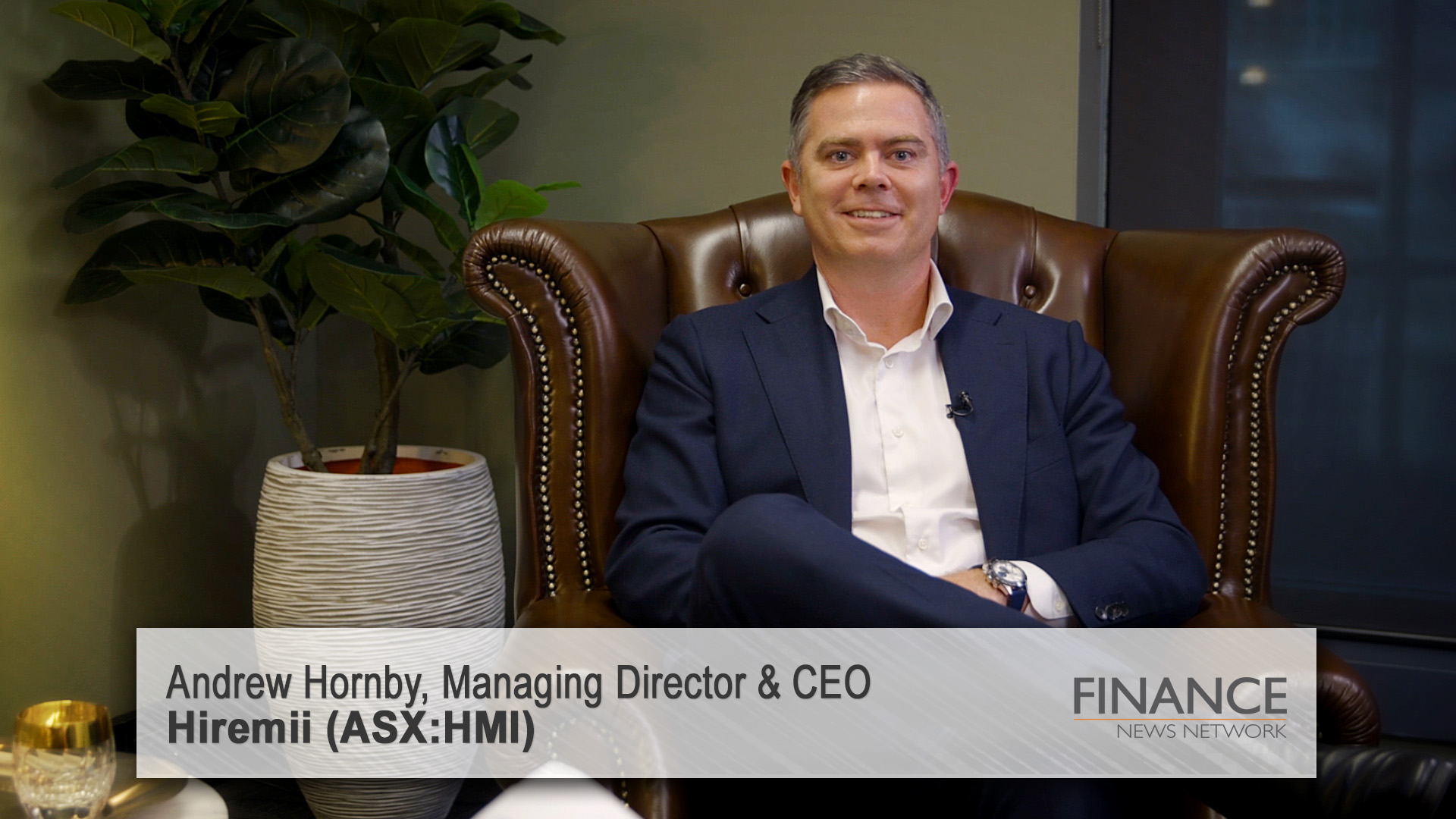Competition is often not understood or even practised in Australian business these days but in one industry its rife: lending money, especially home loans.
Its impact was a feature of the result for the Commonwealth Bank where first half showed solid gains, although analysts were a little wary of how the 19 per cent rise in underlying earnings was arrived at.
But a feature of the result was the shrinking in the bank’s key profit driver: its net interest margin: the CBA’s fell 7 basis points to 2.22 per cent, despite it not fully passing on all the 0.75 per cent rise in official interest rates to its depositors.
But did it pass on the three increases to borrowers, in full?
And a smaller bank, Bendigo Bank (the one with the Community Banks) made fools of bigger competitors and bank analysts by actually lifting its net margin 13 points in the half year.
But it, like the CBA both reported intense competition in all areas of business, from gathering deposits to lending the money out.
And yet, that’s not the impression we have generally: the banks are seen as big, slow money making machines. When they are but the Reserve Bank says competition is producing a surprising outcome for borrowers.
I know it will come as a surprise but the RBA says Australian banks and other lenders haven’t been charging full ‘whack’ for the money they lend for housing loans, despite all those announcements around the time of those three rate rises last year, about how the 0.25 per cent increases were ‘being passed on.’
But it’s just not housing where the discounting is occurring. Variable rate loans for housing, business loans and low rate credit cards are all seeing the offerors (banks and other institutions or intermediaries) trimming their rates to drive sales and revenues.
Classic retailing in a way
It sounds a bit too good to be true but in its latest Monetary Police Statement the Bank advances a fairly compelling argument. (Depositors are the losers, as they usually are).
It’s being driven by a combination of the intense competition between the bank and non-bank lenders and low loss rates on mortgages in recent years, despite concerns about the rising level of personal debt and those concerns about the problems emerging among ‘sub prime’ or low and no doc home loans.
Official interest rates rose by a total of 0.75 per cent in the three increases last year from the Bank.
But while the ‘headline rate’ is set, that’s not an indication of the real rate. In fact it would see from the RBA’s research that anyone paying the ‘headline’ variable mortgage rate from their lender hasn’t been demanding enough.
Here’s what the RBA says:
“One of the features of housing interest rates over recent years has been lenders’ tendency to discount, relative to the indicator rate, the actual rate that borrowers pay.
“The available evidence suggests that the average size of discounts offered to borrowers may be starting to stabilise at around 60 basis points, and that almost all new borrowers receive a discount.”
“While discounting has limited the rise in interest rates on new loans over recent years, actual housing rates are around 80 basis points above their decade average.”
“In addition, because the current tightening cycle has been relatively long and a large proportion of the loans outstanding have been taken out in recent years, a relatively high proportion of current borrowers are paying a higher rate than when they took out their loan.”
So what the bank is saying is that on variable rates everyone, especially new borrowers, should be asking for a discount either at refinancing (in the case of existing loans) or taking out a new loan. There are several reasons why this is so.
1. You’d be a mug not to do it because it’s on offer.
2 If you don’t, not only do you pay more (the full headline rate) but that rate is up to 0.2 per cent above the average variable rate above their decade.
3. So if you get a discount, you are still paying 0.2 per cent more than the average over the past decade.
On fixed rate loans, which was a high of 20 per cent share of new monthly home loans in November and December last year (the highest share since 1988), the Bank said rates on fixed-rate loans did not rise as much as those on variable-rate loans in 2006.
“The major banks’ average 3-year fixed rate on housing loans is currently 7.3 per cent, up 60 basis points over the year, and 15 basis points below the average actual variable rate.
“The share of new housing loans at fixed rates grew steadily through 2006. This appears to reflect both increased demand, with borrowers concerned by the prospect of further rises in interest rates, and increased competition between banks to supply such loans.
“The latter is evidenced by the fact that banks increased the interest rate on new fixed-rate loans in 2006 by only a little more than half the increase in their cost of funding such loans.”
So there’s a discount, either on offer through fixed rate loans or there to be grabbed through a less than headline variable rate (for at least one to two years).
This then leads to why?
Competition certainly, but banks are not altruistic organisations, so any discounting has to bear a cost. How are the banks covering that?
Two ways, by being stingy when it comes to boosting borrowing rates on deposit accounts (see below) and by playing a sort of arbitrage between the creditworthiness of the borrow and their credit history (In other words, being a banker)
The RBA says it’s the very low level of defaults and that depends upon the creditworthiness of the borrower, the quality of the assets and lending skills of the banker or executives involved.
“Banks have been willing to cut their margins on housing loans over recent years because of the extremely low losses from default on residential mort












